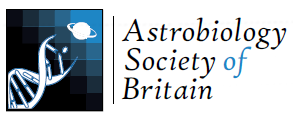Science
A detailed knowledge of Mars’ chemistry is required for assessing the viability of its surface as a habitat for past and present life, for determining the survivability of exogenic and indigenous organic material, and for the planning of future crewed exploration. Aeolian processes have dominated surface erosion on Mars over the Amazonian to the present. Importantly, the aeolian abrasion of sand grains generates fractured minerals with reactive free radical species that may drive a variety of mechanochemical reactions, although the mechanisms and rates of these reactions are not well characterised.
Here, experiments replicating aeolian abrasion were carried out using a range of Mars relevant silicate minerals and varying temperature (223 to 273 K) and the generation of hydrogen peroxide and hydrogen monitored over time. Mineral structure and temperature of abrasion both played key roles in determining regolith reactivity. The presence of a minor iron phase exerted a further control on hydrogen generation and net hydrogen peroxide production.
Further experiments assessed how the abrasion of single silicate minerals, and binary mixtures of minerals, were affected by temperature. The relative abrasion rates of minerals in some binary mixtures, and hence the final composition of dust generated, altered with temperature, increasing our understanding and potential ability to interpret the Martian aeolian sedimentary record.
Final experiments investigated the potential for aeolian-driven mechanochemical reactions to generate perchlorate in Martian regolith. A range of silicate minerals and whole rocks, alongside non-silicate controls, were crushed in a ball mill in the presence of halite for differing times, with perchlorate generated from all silicate minerals with an apparent strong control by mineral structure. This newly discovered mechanism may extend the prevalence of putative habitable niches provided by perchlorate brines further back into Mars’ history than previously realised and provide a pathway for geologically young perchlorate on Mars.






